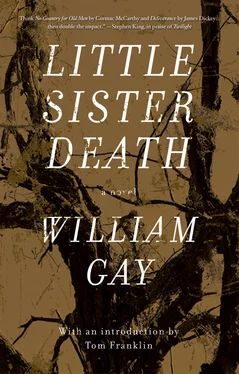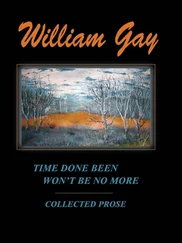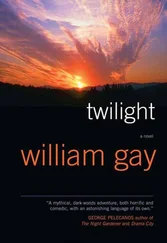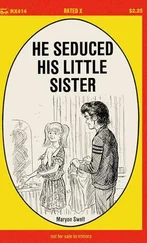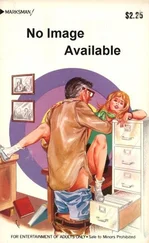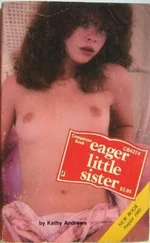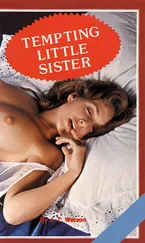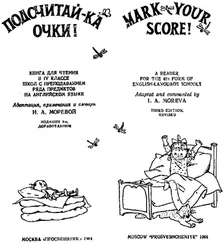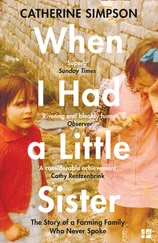So what, if anything but the birth of a folktale, happened?
Everyone who went looking for a solution found one, so there are ultimately more answers than questions and more culprits than victims.
1) It was a hoax perpetrated by Betsy Bell for reasons unknown, possibly a prank. She acquired the art of ventriloquism and put it to use.
2) It was a hoax perpetrated by one Richard Powell, who wanted to get rid of Joshua Gardner and John Bell and marry into the well-to-do Bell family.
3) It’s true as told, and in the world as we know it there is no explanation.
4) Something happened, a poltergeist perhaps, but it’s been grossly distorted by time and retelling.
5) It was black magic. Kate Batts was a witch, and this was her revenge on Bell.
6) Something happened. It’s tied to a secret concerning Betsy Bell and her father, and the whole haunting is rooted in abnormal psychology.
7) The Bell farm is located on an ancient source of power, sacred to the Indians and whatever race came before them. Spirits have always been there, and they sometimes draw on energy wherever they can find it. According to theories about poltergeists, an unhappy household filled with adolescents would provide an almost inexhaustible supply of energy. (It might be worth pointing out that the spirit’s powers waned as Betsy passed from adolescence to womanhood.)
There are other explanations, but this seems sufficient.
The first possibility seems least likely if any weight can be attached to newspaper accounts and sworn testimony. Hundreds of people apparently witnessed her. They all can’t be lying. As for the second, it’s hard to imagine how he did it, even if only a fraction of the accounts are true. Also, motivation seems questionable, and if you can sustain a practical joke for four years, naiveté must have run deep in Robertson County.
The last two reasons are more interesting. Nandor Fodor was a psychiatrist who investigated and wrote about poltergeists. In the 1930s and ‘40s he postulated that Betsy was sexually assaulted by her father when she was a child. She repressed the memory, but this repression erupted at the onset of puberty in violence against her father. Fodor points out that the witch came down hardest on Betsy and the elder Bell, implying at once that Betsy had feelings of revenge and guilt: Bell had to die, and to punish herself Betsy had to give up the man — Joshua Gardner — she loved.
But this theory isn’t based on much, and Freudian psychology isn’t the gospel it once was. It’s about as easy to believe in malevolent spirits as it is disrupted psyches slamming things around and poisoning folks. It also seems to me a little tacky to accuse even a dead man of child molestation if you don’t have the goods to back it up.
Colin Wilson is a British philosopher and an investigator of the paranormal. Poltergeists are pretty much his specialty, and he started out believing the conventional theory about adolescent energy. But he came to think that teenage energy running amok didn’t cover everything. He theorized that spirits that haunt places of power can utilize the frustrated energy of adolescents. Excess energy, violence, and unhappiness seem to provide a breeding ground for poltergeists and, Wilson says, spirits can come upon this energy and use it the way a child might kick around a football that he finds lying in a vacant lot.
In the end it seems you can twist the story to any frame of reference, hold it to the light, and turn it until it reflects whatever you want to see.
After the destruction of the Bell home, folks came to believe that the witch had taken up residence in a nearby cave, now called the Bell Witch Cave. The path to it is well traveled. It has been worn down by writers, reporters, television crews, parapsychologists, skeptics, true believers, and throngs of the merely curious. The path winds steeply down the face of an almost vertical bluff. The present owner of this section of the old Bell farm is Chris Kirby, and she’s carrying a heavy-duty flashlight and leading the way. Underfoot is crushed stone, and the earth is terraced with landscape timbers to prevent the trail from eroding into the Red River, which is flowing far beneath us.
Past the guardrail you can see the river where the Bell sons used to flatboat produce down to the Cumberland and on to Mississippi and New Orleans. You can see the bench-like area of rock and brush that lies between the riverbank and the point where the bluff rises sheerly out of the bottomland. This is perhaps the only part of the Bell geography that remains virtually unchanged since 1817.
Betsy Bell, dubbed Queen of the Haunted Dell when she became the focus of the mystery, used to come here with Joshua Gardner and other young people on lazy Sunday afternoons after the services at Red River Baptist Church. They’d fish in the river and picnic by the waterfall in the shade of the same huge oaks and beeches that are here now. At some point the young folks would separate into couples and go their own ways. Looking into the trees you can almost see them; your imagination can transform the sound of the waterfall into soft laughter.
At the mouth of the cave Chris turns toward us.
“People sometimes have problems photographing the entrance to the cave,” she says. “Sometimes there’s a mist that blocks the front of it, or maybe things that look like faces or orbs of light turn up in the pictures. Things that weren’t there. Sometimes cameras just fail.”
Thirty feet or so into the cave there’s a heavy steel gate.
“People kept breaking in, and it’s dangerous further back,” Chris says, fitting a key into the padlock. “That’s why you had to sign a waiver. Kids keep trying to slip in here with their girlfriends to scare them.”
If fear is an aphrodisiac and if a tenth of the things told about the cave are true, then this is the ultimate horror movie.
Inside the cave the first thing you notice is the temperature. It’s a constant fifty-six degrees, and the Bell family, among others, used to store perishables here. The second thing you notice is how impressively cave-like it is. This is no two-bit roadside attraction, no world’s largest ball of twine, but a real cave, three stories laid one atop the other like a primitive high-rise, connected by crawl holes that wind upward through the first-floor ceiling.
“A kid got stuck in one back in the 1800s,” Chris says, shining the light into a jagged ascending tunnel. “He was really stuck, he couldn’t get out, and all at once a voice said, Here, I’ll get you out , and the witch jerked him out. He was scared to tell his folks about it, but that night the witch told his mama, You better put a harness on that boy so you can keep up with him”
Chris is fascinated by the Bell Witch story, and it’s a fascination that predates her ownership of this cave. She’s read all the books, and she says she’s heard and seen a couple of things herself.
In the first large chamber there’s a crypt perhaps a foot and a half wide by four and a half feet long, a child’s crypt, chiseled out of rock. Large, flat rocks were shaped to fit vertically around the edges, and the body of a young Indian girl had been laid inside. More flat rocks for a lid, the hole covered over with a cairn of stone until a few years ago, when the cave’s previous owner accidentally found it. The archaeologist who examined the bones said they were between two and three hundred years old.
If you can imagine someone laboriously chipping away at the rock and placing in the body, then it’s not hard to see how private and personal this was, and suddenly it doesn’t seem to be the sort of thing you should be paying five dollars to see.
In the next chamber Chris shows us where she saw a strange haze shifting in one corner. Farther back, five hundred feet or so into the bluff, the cave narrows until it’s inaccessible. She shines the light. It’s almost absorbed into the wet dark walls as the tunnel veers crookedly out of sight. You’d have to be a spelunker to crawl back in there.
Читать дальше
